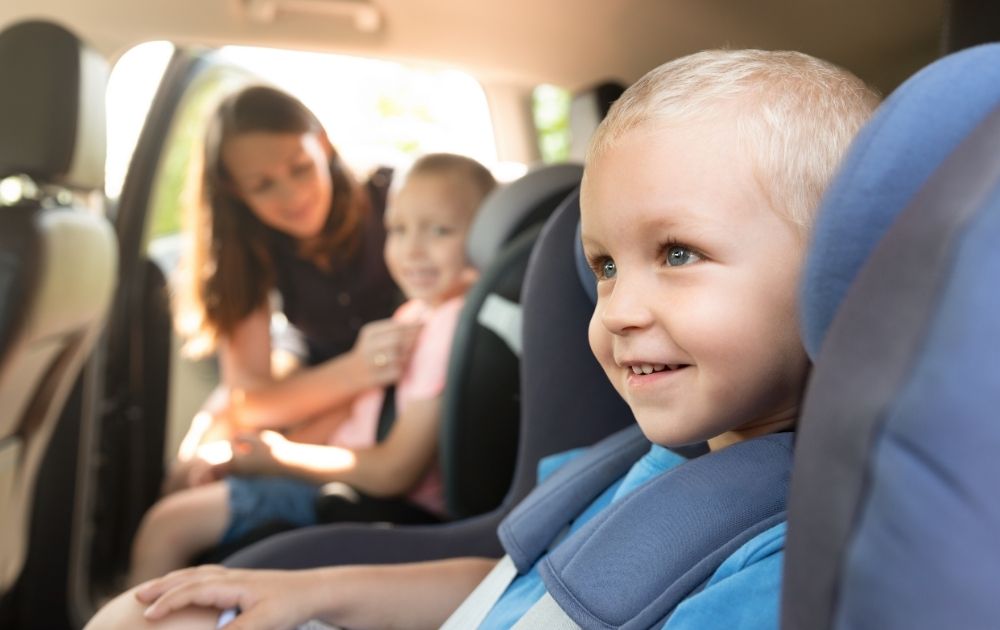
The first time expectant parents walk into a baby store to choose a child restraint, they are often overwhelmed and confused with the sheer number of restraints on the market. However, it doesn’t have to be complicated to make the right decision. Local Dad and Blue Mountain’s most trusted child restraint installer, Luke Begg, answers our questions about choosing the right car seat for our precious cargo.
Does the size of the child restraint matter?
It’s easy to buy a restraint that is too big for your vehicle. Whilst any restraint will fit in just about any car, a big restraint will greatly limit the other passenger’s space in both the front and the back. Does someone tall sit in the front? Do you have a lot of passengers in the back? Often a compact child restraint is a good choice to maximize space.
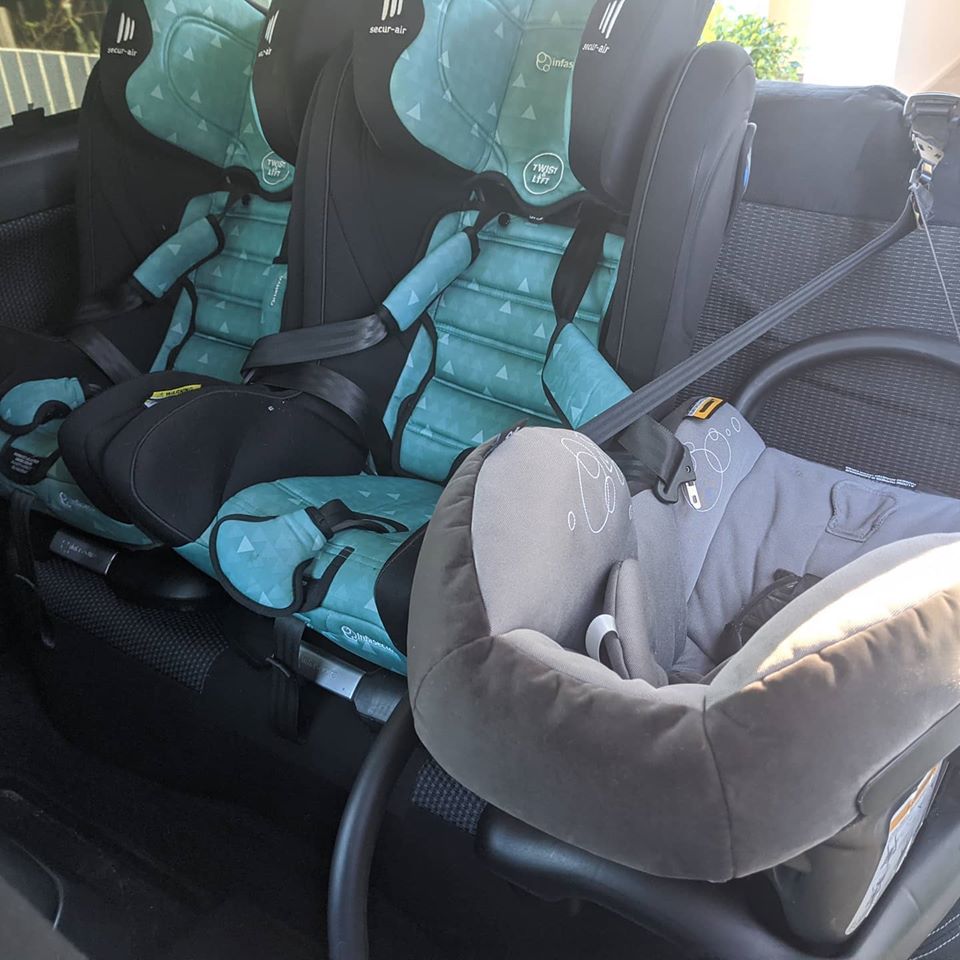
Which child restraint is easiest to use?
Whilst all child restraints in Australia are safe and well tested, it’s important that you can operate it easily. Features like no-rethread harnesses and smooth harnesses will make it much easier to get baby in and out of the car and have the harness adjusted well.
What makes the installation of a child restraint easiest?
Whilst the seatbelt method of installing a child restraint is just as safe, an ideal installation can sometimes be difficult to achieve. Isofix or ClickTight installation methods will generally make installing the restraint easier and often have less margin of error.
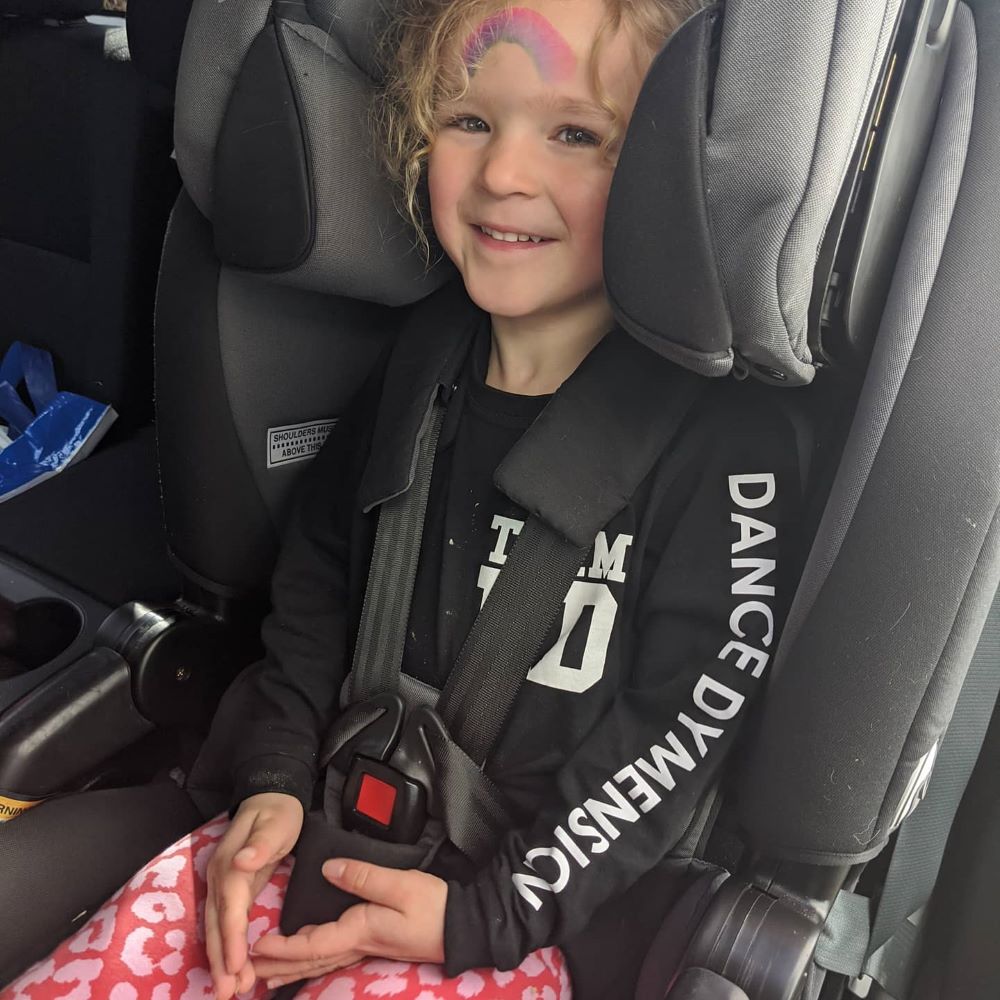
Are rear-facing restraints recommended?
It’s a good idea to always buy an extended rear-facing child restraint so that you can keep baby rear-facing for as long as possible. Whilst non-extended rear-facing restraints are safe, they will limit your child’s ability to stay rear-facing. Extended rear-facing restraints can be easily identified by them having three height markers.
Capsule vs convertible child restraints?
Capsules are extremely handy as they allow you to transition baby from the car to a pram or inside your home without disturbing them too much. Their only downside is that they will only last 6 – 12 months, on average, depending on what you purchase and how fast Bub grows.
As for convertible car seats, restraints suitable for ages 0 – 4 will last significantly longer but you lose a bit of the convenience that you get with capsules. Seats suitable for ages 0 – 8 will last the longest. There are two styles of 0 – 8 restraint, one which is not extended rear-facing or extended harnessing. The other offers both extended rear-facing and extended harnessing but is quite large in overall size.
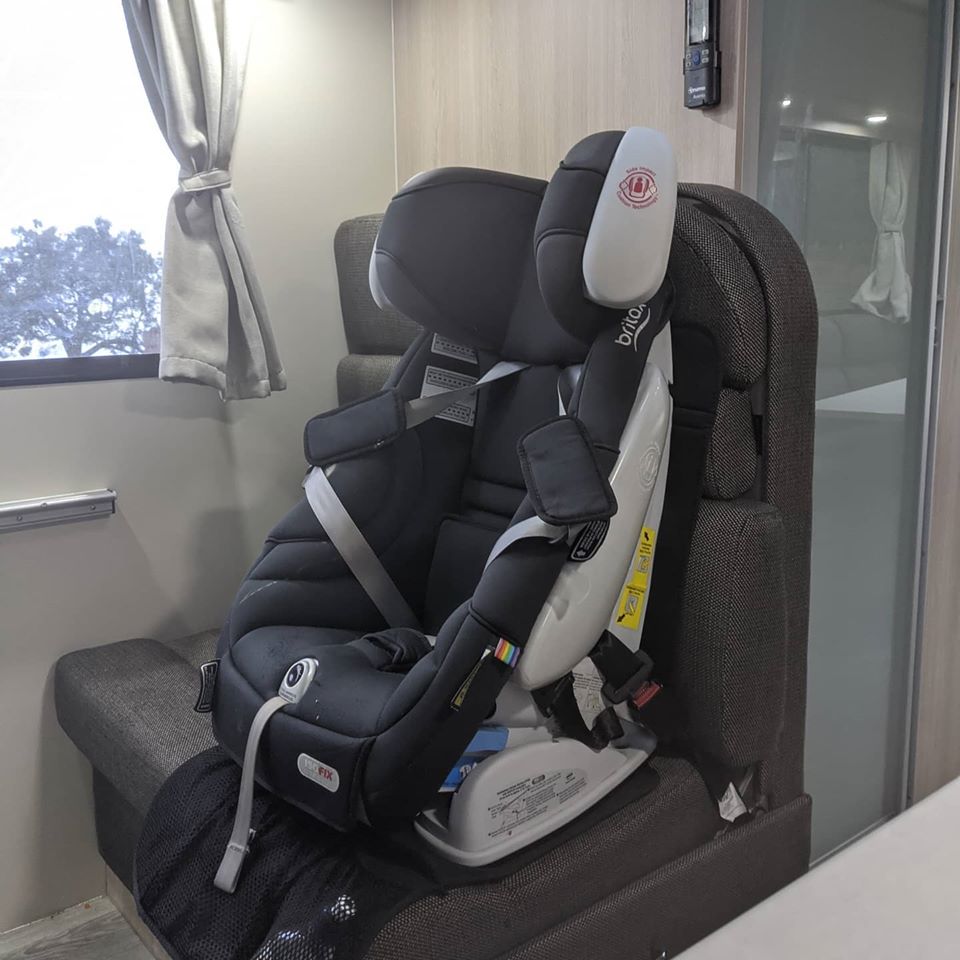
There certainly are a great variety of child restraints on the market today! Even though an extended rear-facing/extended harness restraint is most desirable for its longevity in the child’s life, it is very large in size so often can be a problem when you have more than a couple of kids.
If your seat meets Australian/New Zealand Standards (AS/NZS 1754), the rest is up to you to decide on a restraint that best suits your family’s needs, based on the size of your child, the size of your vehicle and how many seats you need to fit in the vehicle. It is also very important that the restraint is correctly installed and properly fastened and adjusted well to fit your child.
Correct and tight is always right.

If you have any other questions for Luke about child restraints, please add them in the comments below.
Find out more about Luke’s services here.
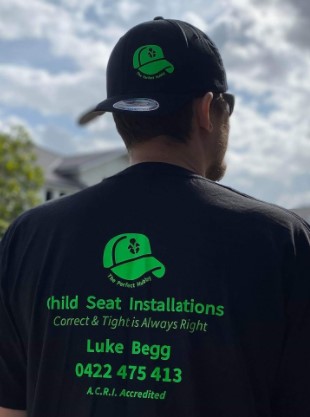
Luke Begg is owner and founder of The Perfect Hubby Child Restraint Installations. The Perfect Hubby is a nationally accredited and insured mobile child restraint installation and education service, spanning from Western Sydney to Lithgow. Luke has almost a decade of experience and around 28 thousand child car seat installations to date.
Contact Luke on 0422 275 413 to arrange your child restraint fitting.
